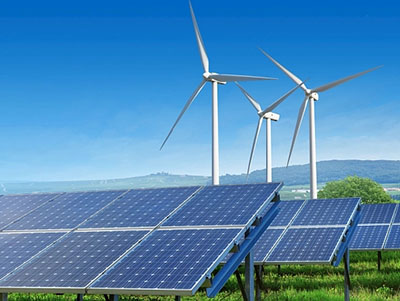
KEY POINTS
“Renewables [will] become the largest source of global electricity generation by early 2025, surpassing coal,” the IEA said in its Renewables 2022 report.
The analysis comes at a time of huge disruption within global energy markets following Russia’s invasion of Ukraine in February.
IEA chief Fatih Birol said the global energy crisis had kicked renewables “into an extraordinary new phase of even faster growth as countries seek to capitalise on their energy security benefits.”
The analysis comes at a time of huge disruption within global energy markets following Russia’s invasion of Ukraine in February.
The Kremlin was the biggest supplier of both natural gas and petroleum oils to the EU in 2021, according to Eurostat. However, gas exports from Russia to the European Union have slid this year, as member states sought to drain the Kremlin’s war chest.
Wind and solar surge ahead
The IEA expects electricity stemming from wind and solar photovoltaic (which converts sunlight directly into electricity) to supply nearly 20% of the planet’s power generation in 2027.
“These variable technologies account for 80% of global renewable generation increase over the forecast period, which will require additional sources of power system flexibility,” it added.
However, the IEA expects growth in geothermal, bioenergy, hydropower and concentrated solar power to stay “limited despite their critical role in integrating wind and solar PV into global electricity systems.”
Fatih Birol, the IEA’s executive director, said the global energy crisis had kicked renewables “into an extraordinary new phase of even faster growth as countries seek to capitalise on their energy security benefits.”
“The world is set to add as much renewable power in the next 5 years as it did in the previous 20 years,” Birol said.
The IEA chief added that the continued acceleration of renewables was “critical” to keeping “the door open to limiting global warming to 1.5 °C.”
The 1.5 degree target is a reference to 2015′s Paris Agreement, a landmark accord that aims to “limit global warming to well below 2, preferably to 1.5 degrees Celsius, compared to pre-industrial levels.”
Cutting human-made carbon dioxide emissions to net-zero by 2050 is seen as crucial when it comes to meeting the 1.5 degrees Celsius target.
Earlier this year, a report from the International Energy Agency said clean energy investment could be on course to exceed $2 trillion per year by 2030, an increase of over 50% compared to today.
